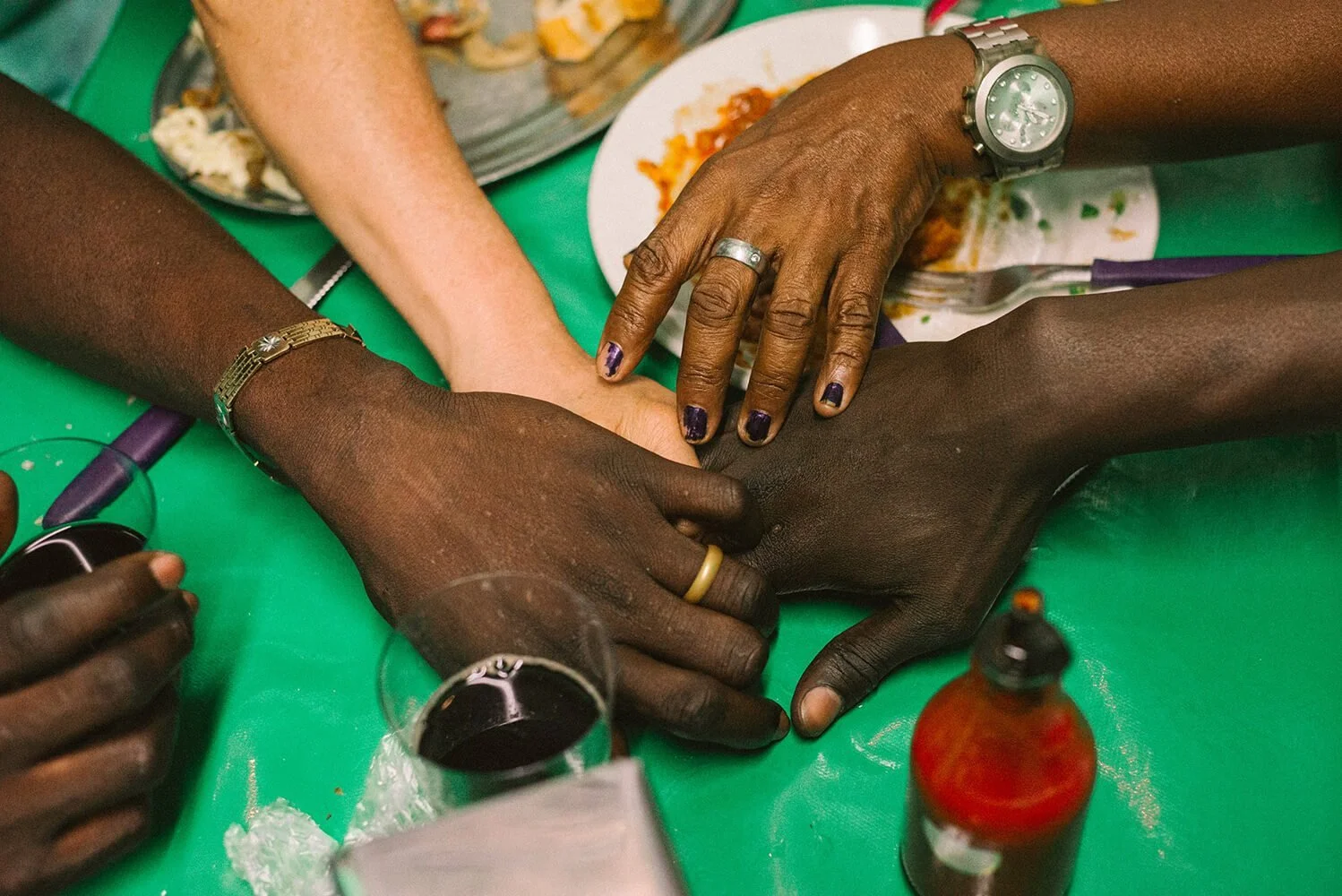Feature: Lora Webb Nichols
Bert Oldam Jr. 1911
Courtesy of the American Heritage Center
Written By Megan May Walsh
Between 1899 and her death in 1962, artist Lora Webb Nichols left behind twenty-four thousand photographic negatives which document her life in the frontier town of Encampment, Wyoming, according to Lora Webb Nichols’ website. A 2021 article in The New Yorker, “A Woman’s Intimate Record of Wyoming in the Early Twentieth Century,” noted that her collection of negatives “might be the largest photographic record of this era and region in existence.” Nichols’s epic chronicling of the small town, the article states, began on October 28, 1899, when her beau, Bert Oldman, gifted her a Kodak camera for her sixteenth birthday. Nichols married thirty-nine-year-old Oldman the following year, before divorcing him a decade later, according to the same article.
1902
Courtesy of the American Heritage Center
Those twenty-four thousand negatives spanned decades and events both noteworthy and quotidian in one frontier town. As explained in the New Yorker article, there are images of the rituals and bonds between women in the domestic realm of life, images of single, young men in the Civilian Conservation Corps swarming into Encampment in 1933, images of memorabilia depicting American national identity, ranging from cars to fashion to federal work programs, images of the “pack trips” the townspeople would take to fish or collect berries, and images of family members, personal portraits, landscapes, and industrial infrastructure. All these preserve the domestic, social, and economic textures of the sparsely populated south-central Wyoming frontier, a unique visual archive of a small town that may have otherwise gone unremembered if not for Nichols and her camera.
Harriet Eckerson. 1929
Courtesy of the American Heritage Center
Shuffling through Nichols’s archive, the faces of Encampment, plain yet determined, stare back at you. Each photograph captures Western American life in the early twentieth century—the everyday grind and work, the small gestures of community, the adventurous recreational habits, the signs of changing times, and the landscape, architecture, and interior design of the American West. However, while Nichols’s photographs capture everyday life in Encampment, there is nothing mundane about them. In fact, the photos are often quite peculiar.
Regna Sims and Franklin Cook. 1929
Courtesy of the American Heritage Center
Bess Pantle. 1920
Courtesy of the American Heritage Center
Snapshotting sly smirks, ridiculous positions, silly poses, and outlandish interactions with animals on photo film, Nichols put light humor into documenting her hometown. The humanity and personality of her community are evident in the photographs, portraying self-deprecating, lighthearted townsfolk eager to bring spontaneity into the American West. Nichols was clever and had natural photographic talent.
As explained on her website, Nichols worked for hire as a photographer as early as 1906 for industrial documentation and family portraits, where she developed and printed from a darkroom she created in the home she shared with her husband and children. Even after the collapse of the copper industry in her hometown, Nichols remained in Encampment and established the Rocky Mountain Studio, a photography and photofinishing service, to help support her family, and her studio became a focal point of the town throughout the 1920s and 1930s, as explained on the same page.
Mary Anderson. 1911
Courtesy of the American Heritage Center
Frank and Lois Nichols. 1945
Courtesy of the American Heritage Center
Nichols’s photographs are critical in preserving the memory of early twentieth-century Wyoming and immortalizing her narrative of the town. And that is exactly what the record of twenty-four thousand negatives is, a deeply personal yet whimsical capture of the small yet significant moments of everyday life in Encampment, Wyoming, from 1899 to 1962.







